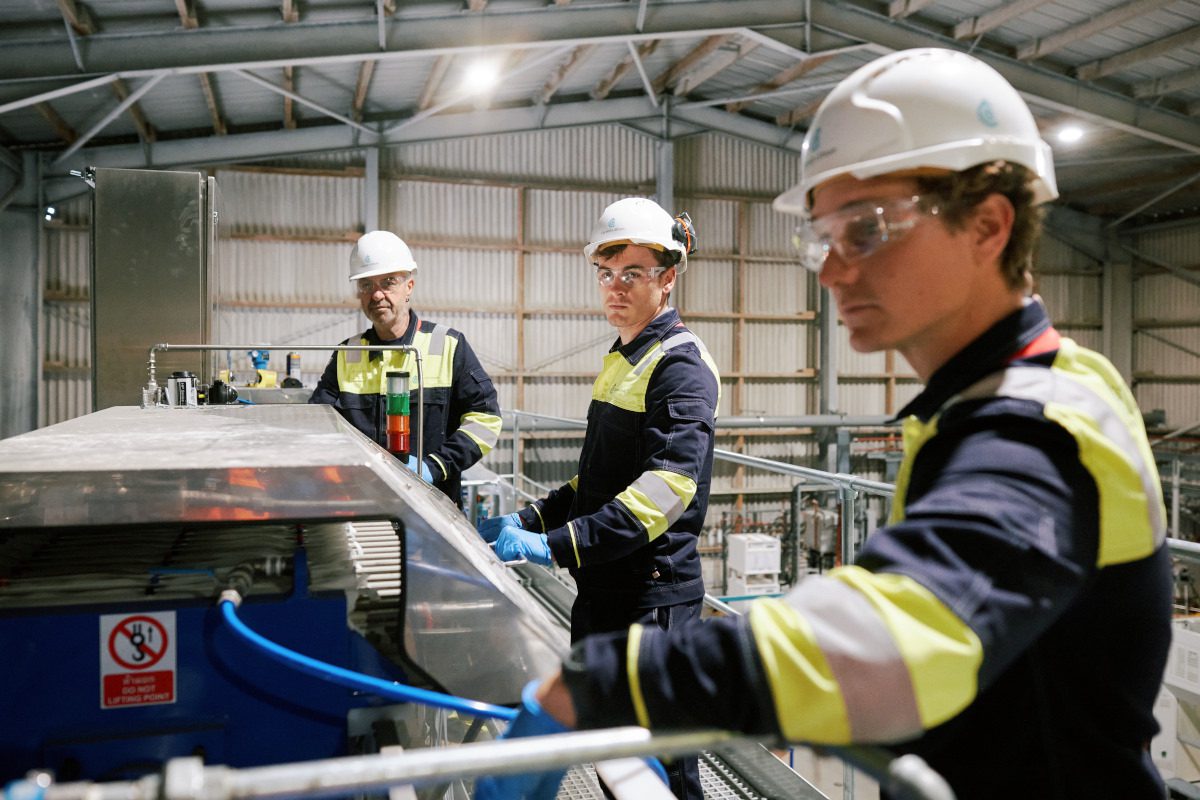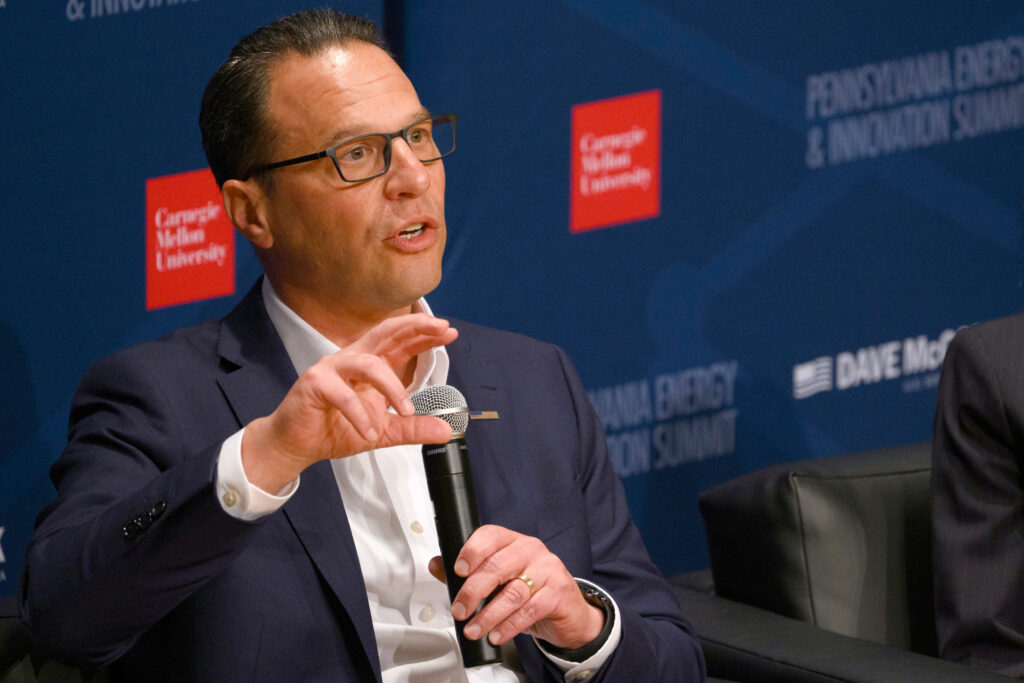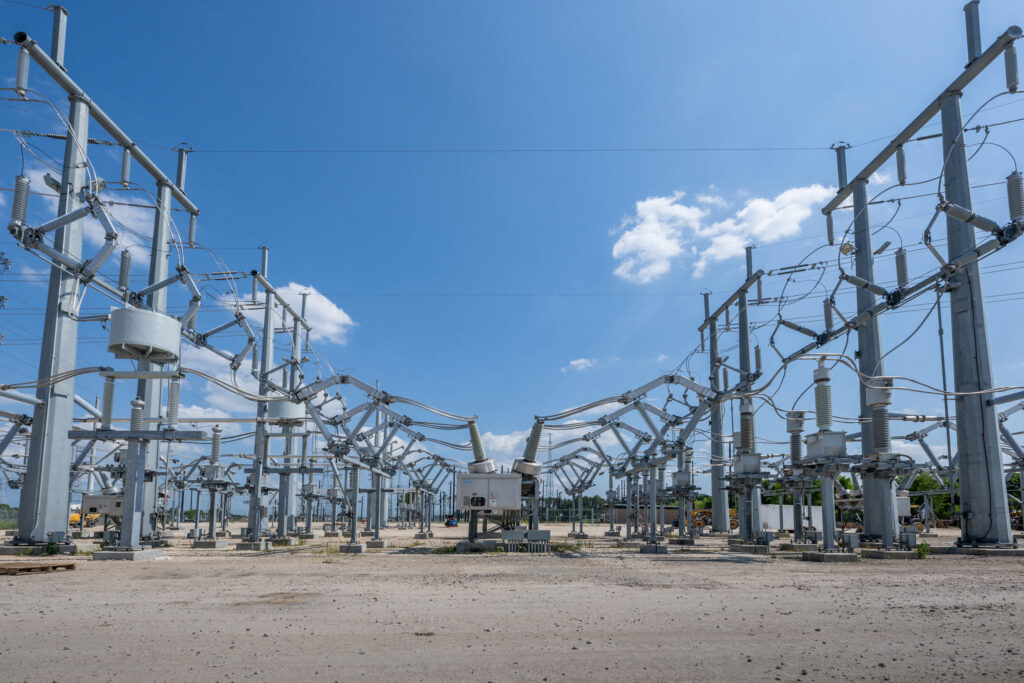
Labour Budgets have obviously been an artefact of distant memory for some time, recalling an era of iPods and Amy Winehouse (when QR codes and Taylor Swift were barely even a glimmer in the world’s eye).
Certainly, the decisions facing the incoming government seem to have been of a different order of complexity even to those Alistair Darling grappled with in March 2010. While Rachel Reeves’ 30 October statement appears to some extent to mark a return to times when higher spending was funded by taxation, the pre-budget appraisals left little doubt that caution would be a defining ethos.
Similarly, while the new government’s pronouncements on net zero have sounded strident, the current cost-of-living crisis has obviously provided little leeway to ease in the kind of unpopular measures many deem essential to tackling emissions, and environmental observers seemed to widely bemoan the logic and messaging of the fuel duty freeze.
Dominic Rowles, Lead ESG Analyst, Hargreaves Lansdown said the decision to retain the 5p cut implemented by the Conservatives in 2022 was “good news for the nation’s motorists in the short term, but could hinder take up of climate-friendly electric cars.”
“That said, the Chancellor did strengthen some electric vehicle incentives, including a £2bn commitment over five years to support the electric vehicle industry and an increase in the differential between fully electric cars and other vehicles in the first rates of Vehicle Excise Duty in April 2025.”
ADEPT’s Ann Carruthers felt it was “unfortunate the government did not take the opportunity to revise its position on fuel duty, which could have further helped ease the burden on the public sector purse.”
This seemed to echo a widely held position, and Carbon Brief noted that the so-far 14-year freeze on this element of taxation has carried a £100bn price tag for the exchequer, and added as much as 7% to CO2 emissions.
The budget statement seemed to presage belt-tightening for some, and the CBI worried about the hike in NI contributions and the increased “burden on business”. But there was also apparent gratitude that Starmer’s declared mission of “national renewal” was in evidence with new infrastructure investments, and changes to the administration of government finance that promise to enable much more of the same.
In relation to the latter, the (environmental commentator) murmurings seemed mostly positive in relation to a change in fiscal rules to define debt as Public Sector Net Financial Liability, a move that opens up the possibility of an extra £100 billion of public spending over the next five years, and “a vital first step towards the good jobs, energy independence and high-quality national infrastructure that the nation urgently needs,” according to the TUC’s Paul Nowak.
On infrastructure, the statement included £3.9 billion of funding in 2025-26 for Carbon Capture, Usage and Storage Track-1 projects, in addition to contracts with 11 green hydrogen producers. It also confirmed support for two electrolytic hydrogen projects in Scotland, in Cromarthy and Whitelee, and two in Wales, in Milford Haven and Bridgend.
There was also a boost for the automotive sector with “over £2 billion over 5 years” to support developments including “the zero-emissions vehicle manufacturing sector and supply chain”.
Housing-and-carbon discord
Housing was one of the headline-grabbing topics, with £5bn of funding earmarked to build 1.5 million new homes in Britain over the course of parliament. There was also a £3.4bn investment announced to boost the energy efficiency of existing houses, the so-called Warm Homes Plan, which “will transform homes across the country by making them cleaner and cheaper to run, from installing new insulation to rolling out solar and heat pumps.”
The figure includes an increase in funding for the Boiler Upgrade Scheme, plus “funding to grow the heat pump manufacturing supply chain in the UK to support the plan”.
There were some misgivings about how the plan is being executed. “We don’t just need more homes; we need more low carbon homes,” said Dr Jon Hiscock, CEO of voltage control firm Fundamentals. “And today’s budget was a missed opportunity to combine ambitious house building targets with policies that increase the uptake of low carbon technologies and invite households to move towards cleaner, more secure electricity.”
“As a bare minimum, the default specification for all new homes should include supplier-interactive smart meters, solar panels and EV charging points, with battery storage and ground source heat pumps where possible.”
Low-carbon tech firm Heatio’s Thomas Farquhar, on the other hand, in his own statement critiquing the budget, defined the baseline requirements as “heat pumps, solar panels and batteries”.
Clarification of this kind of detail has been the focus of the Future Home Standards, on which Heatio’s Farquhar lamented a lack of action and “a missed opportunity.”
“Continuing to build new homes without the basics required to combat climate change makes no sense.”
Nutrient neutrality
Nowadays, of course, you can’t build new homes without incorporating extra measures to protect rivers from pollution, a factor said to have put a brake on development. The Budget confirmed “£47 million of funding to support the delivery of up to 28,000 homes that would otherwise be stalled due to nutrient neutrality in affected catchments.”
Beth Gascoyne, Head of Planning and Partner at Cripps, offered some clarity:
“The £47 million included in the budget will be given to local authorities to deliver homes delayed by nutrient neutrality requirements, which Angela Rayner says will ‘not only unlock much needed new housing, but clean up our rivers in the process’. This appears to be an extension of funding that was set out in the 2023 Spring Budget, when the previous government committed to provide direct grant funding to local planning authorities to deliver high quality, locally-led nutrient mitigation schemes.
“Some strategic mitigation schemes are already in place in parts of the country, either following direct developer funding or through local authority schemes which will reduce nutrient pollution across catchments and create headroom to absorb the impacts of new development. It seems the Government hope they can unlock more homes faster by providing funding for further strategic mitigation measures which would increase the availability of mitigation credits. This would allow affected developers the chance to make a ‘strategic mitigation contribution’ to be secured by s106 at the point of grant planning – a much simpler solution and particularly helpful for SME developers. Notwithstanding the obvious benefit of further funding, this approach does, however, leave the local planning authorities with some considerable responsibility for delivery of new schemes once the cash is in.”
Longer horizons for planning
Local authority groups welcomed an end to “the culture of funding short-termism” (as UK100 put it), and ADEPT welcomed signs of “simplifying the wider local funding landscape, reducing the number of grants, as well as moving towards a five-year settlement to enable effective planning.” Similarly, UK100’s Christopher Hammond said “the promise to end short-term competitive funding pots, which has choked local climate leadership for decades, is significant.” He added that UK100’s members have “consistently identified competitive funding pots as the single biggest barrier to local climate leadership.”
Kate Jennings of the Association for Consultancy and Engineering and the Environmental Industries Commission, welcomed “the commitment to a stable and longer-term approach to planning and funding to give security and certainty,” which, she said, “we hope will see an end to the disastrous ‘commit, stop, review’ habits that have added the most costly delays to projects like HS2, inevitably fuelling the burden on the public purse.”
She viewed as “encouraging” the signs in the budget of ongoing progress towards net zero. But advisory group EcoAct felt differently, noting a misalignment between our NDC commitments (under the UNFCCC Global Stocktake approaching in 2025) and policy implementation. EcoAct’s John Bamford said “nearly half of required emissions reductions by 2030 need stronger delivery plans, while transition costs are set to increase five-fold.”
Veolia CEO Gavin Graveson said “the Government’s decarbonisation programme pledges important funding for CCUS and green hydrogen but misses the mark on incentivising the fastest way to decarbonise waste: removing plastics from the waste stream.”
He lamented a lack of ambition in the setting of targets for the use of recycled plastic in packaging, and the fact that the Plastic Packaging Tax (PPT) was only increased in line with inflation.
“The PPT must be increased in line with the rises seen across the landfill tax rate and in preparation for the Emissions Trading Scheme to move more plastics from a waste to a resource.”
There are many points on which crucial detail is eagerly awaited, such as how the additional £1.3 billion in grant funding for local authority services will be portioned out, with the Chartered Institute of Environmental Health (CIEH) making the case that multi-year funding might allow more of its skilled practitioners to be trained and recruited, reducing preventable pressures on the NHS.
ADEPT’s Ann Carruthers said she was “awaiting further detail on the local government settlement and how the funding increases will specifically support local authorities in delivering essential services.”
“Local authorities have endured years of austerity and budget cuts, leaving public services at a critical breaking point: recovery will require sustained, long-term investment to rebuild the essential services that communities rely on.”

















